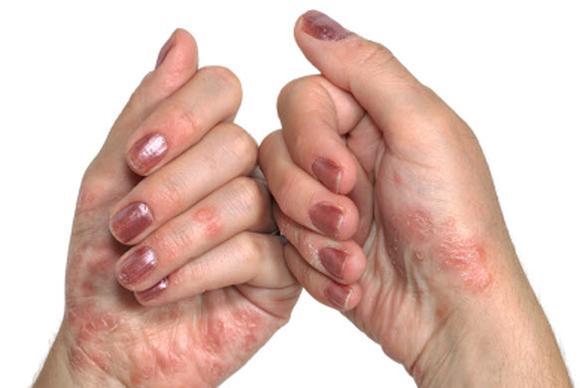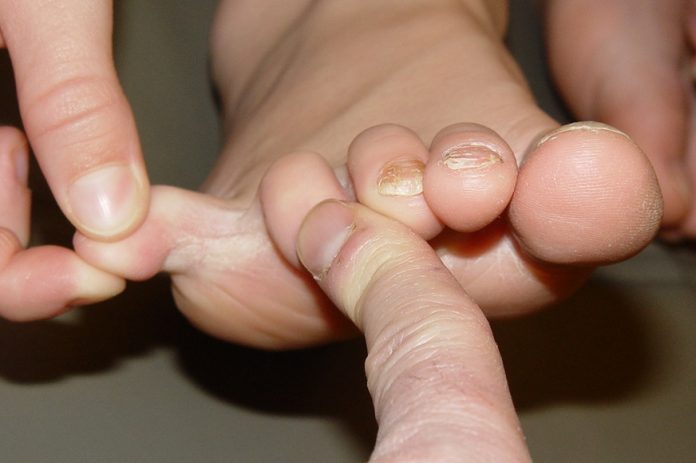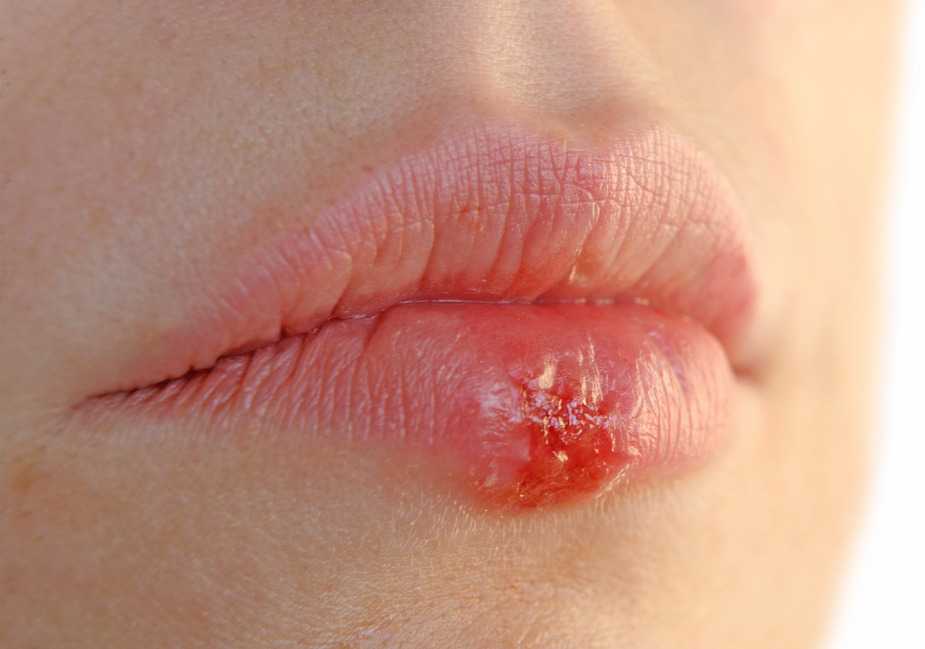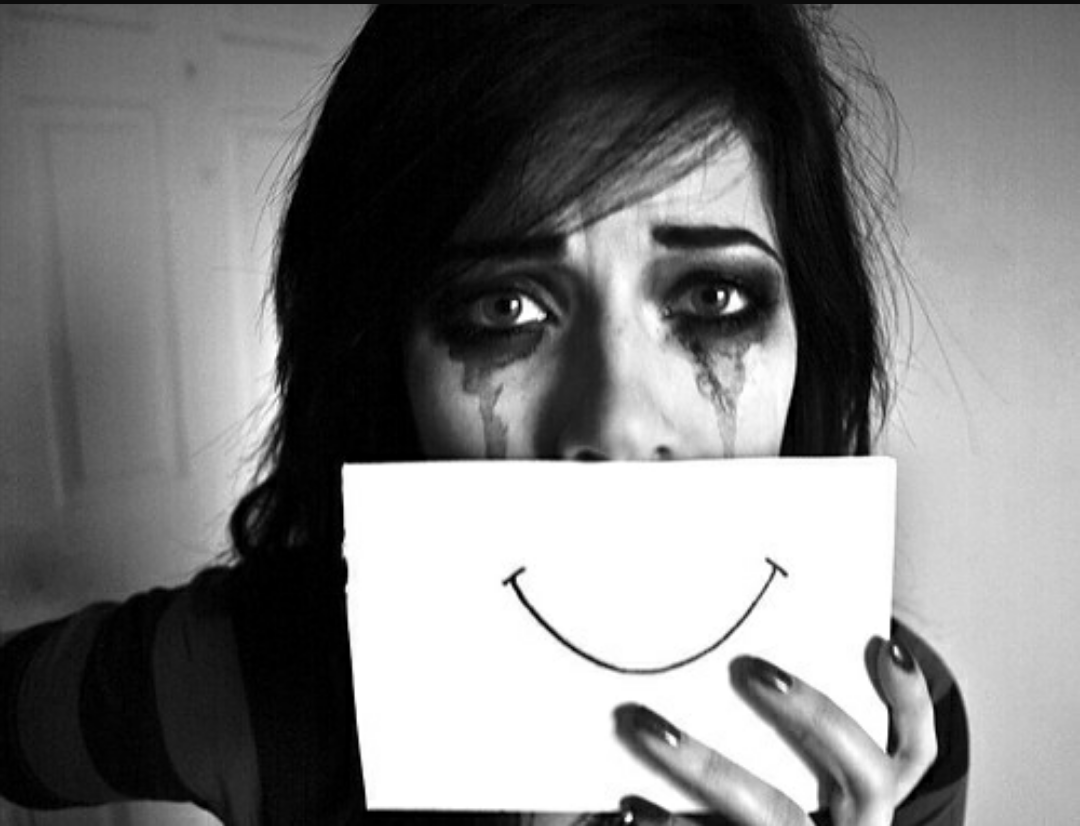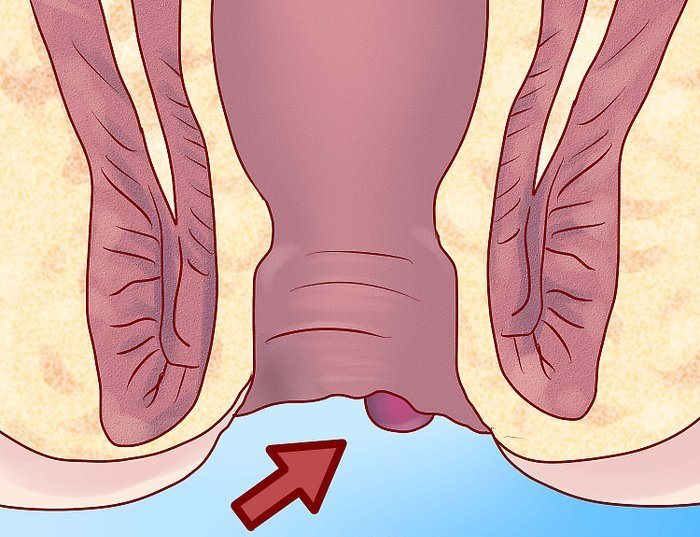It’s no shocker nowadays to talk about diseases like cancer, heart disease, or diabetes—serious diseases that people have to deal with for life and are no picnic to treat. It’s wonderful that we’re able to bring these topics out into the open and make treatments for them widely available, improving the quality of life of the people who have them.
Yet there are still less serious but no less valid diseases that many people have that we sweep under the rug. At times we don’t accept them as real disorders, downplay the experience of having these disorders, or even shame the person because their condition alters them in ways we can’t understand.
And when we don’t talk about certain conditions, we worsen the impact they have on the people who have to live with these ailments, and negatively affects medical science because there’s less focus placed on finding improvements to them.
Read on to know more about five common conditions that we don’t talk about enough.
Psoriasis
Psoriasis is an autoimmune condition that causes skin cell production to speed up, causing immature skin cells to appear on the surface of the skin in the form of patches of silver scales.
The extent of psoriasis can range from small flakes to covering majority of your skin’s surface, most commonly showing up on the elbows, knees, and scalp. The patches can become red and inflamed, and can sometimes crack and bleed.
Episodes of psoriasis occurs in cycles: there’s a flare-up of symptoms for days up to weeks, then you go into a period of remission where there are no active symptoms, only to return when triggered by conditions such as stress, or other illness.
Psoriasis is not contagious; not even when you touch a psoriatic person’s lesions.
Prevalence: Psoriasis is the most prevalent autoimmune disease: 7.5 million Americans (or 2% of the American population) have been diagnosed with psoriasis.
What you can do: There is currently no cure for psoriasis. Treatment focuses on relieving pain and slowing the growth of skin cells to stop the scaling. Your doctor can give you topical treatments for your skin, medications to control the immune system, and UV light therapy.
As for living with psoriasis, it’s important to recognize and control your triggers. Stress is a common and preventable trigger. You can manage stress through breathing exercises, meditation, art or sports, and verbalizing to a support system.
Nail fungus
Onychomycosis is, simply, a fungal infection of the nail. Less simply, a nail fungus is caused usually by a type of fungus called a dermatophyte, which eats keratin (the dead, hard tissue that nails and hair are made out of). Symptoms of nail fungus range from relatively mild to severely uncomfortable. Sometimes, the fungus causes the nails to become thickened, brittle, and yellowed. The area around and beneath the nail can also become uncomfortable or even painful.
Fungal infections are often obtained from places like communal showers or swimming pools, but they are not highly contagious. Elderly and diabetic people are susceptible to nail fungus, because the integrity of their nails are already compromised. Athletes are also at risk for nail fungus, due to their constant use of tight, sweaty shoes and socks and trauma to the toenails when running.
Prevalence: Nail fungus affects 5% of the population, and is responsible for about 30% of all skin infections. Men are more prone to get nail fungus than women, and toenail fungus is more common than fingernail fungus.
What you can do: Fungi thrive happily in warm, moist, dark environments—which is why they’re so drawn to feet perpetually enclosed in socks and shoes. Make sure to practice proper foot care by washing shoes and socks very well and drying your toes thoroughly. Sprinkle baking soda in your shoes to soak up sweat and moisture after use.
Despite the many available treatments, nail fungi are cumbersome and slow to treat. Your doctor can prescribe oral and topical antifungal medications for you. Home remedies such as apple cider vinegar soaks are also effective in killing the fungi by making your fingers or toes more acidic.
Cold sores
Cold sores are small blisters or sores that appear around the lips and mouth. These are caused by a strain of the herpes simplex virus called HSV-I (not the same strain as genital herpes). They appear as small, painful, red blisters around the lips and mouth. Sometimes they burst and leak fluid before scabbing over. Cold sores heal on their own after a few days or weeks, but in the meantime may look unsightly and hurt like the devil.
Even when cold sores heal, they are bound to recur because the immune system cannot completely eliminate the virus once it has entered the body. Common triggers for recurrences include getting colds or the flu (hence their other name, fever blisters), stress, hormonal changes like during menstruation, and exposure to the sun.
Cold sores are contagious and can be spread from person to person by kissing or contact with the sores.
Prevalence: Over 50% of adults in the United States are afflicted with oral herpes.
What you can do: The herpes simplex virus stays in your body for life Treatment is focused on treating and preventing the development of cold sores. This includes avoiding triggers—stress management, upping vitamin C intake to prevent getting sick, applying sunscreen when stepping out, using lip balm to prevent drying and chapping of the lips.
During flare-ups, wash hands often and don’t touch your sore! These will prevent spreading the virus to other parts of the body, especially your eyes or your genitals.
Depression
Depression is a common and serious disorder of the brain that causes feelings of sadness and negatively affects a person’s ability to function normally. It differs from unhappiness or grief in that unhappiness and grief are normal responses to a loss or a calamitous situation, while depression is a clinical disorder that causes feelings of sadness without reason. This is due to an alteration in brain chemistry, which can be affected by factors such as genetics and environment.
Depression is diagnosed according to criteria from the Diagnostic and Statistical Manual of Mental Disorders (DSM). A major depressive episode includes the following symptoms: depressed mood, loss of interest and pleasure in previously enjoyed activities, significant weight or appetite change, sleep problems, a change in the speed of muscle movement (either speeding up or slowing down), fatigue, feelings of worthlessness or self-loathing, decreased ability to concentrate, and recurrent thoughts of death or suicide.
In addition, in order to be classified as depression, the symptoms must be at least two weeks long, must significantly impact normal functioning in social or professional aspects of life, and not be caused by drugs, another mental disorder, or grief.
Prevalence: 6.7% of adults are estimated to suffer from depression; 16.6% of people will experience depression at any point in their lives. Depression affects more men than women, and onset is usually during the teens to 20s.
What you can do: The first step is to seek help. Your psychiatrist will conduct a thorough interview and physical evaluation to rule out other medical conditions that may cause feelings of sadness. The psychiatrist will explore your medical and family history, environment, and other factors to determine the best course of action.
You may be given medications like antidepressants to correct the imbalance in your brain chemistry. Depression is a real disorder, as real as everything else on this list, and cannot be wished or thought away. Antidepressants are not addictive, and are designed for long-term use as they take about two to three months for their full effects to be seen.
Depression is one of the most treatable mental disorders, and nearly 90% of people experience relief from symptoms and respond positively to treatment.
Hemorrhoids
Hemorrhoids (casually known as piles) are swollen veins in your anus or rectum caused by constant increased pressure in your rectum.
There are two kinds. Internal hemorrhoids are located inside the rectum. They are rarely felt, as there are less nerves that feel pain inside your colon but passing stool could bump against the hemorrhoid and cause it to bleed from within.
External hemorrhoids are visible as little pink lumps in the skin around your anus. As they are exposed to the outside environment, it’s more common for external hemorrhoids to feel itchy and uncomfortable. They are prone to bleeding as well.
Hemorrhoids often befall people who strain during bowel movements—like those with chronic diarrhea and constipation—and those who sit for too long on the toilet (yes, you, the one reading this while they take a poop, that means you!). They can also occur during times of significant weight gain—like during pregnancy or obesity—or if you engage in frequent anal intercourse.
Prevalence: Around 10.4 million Americans have hemorrhoids. An estimated half of the population will get them by the time they hit 50, but only a very small percentage seeks medical attention.
What you can do: To relieve pain, soak your anus in warm water for 10-15 minutes a day. Topical cream and suppository treatments are available over the counter. For particularly bothersome hemorrhoids, or hemorrhoids that prolapse or sag significantly, medical treatments such as ligation or injection therapy can be done by your doctor to shrink the hemorrhoid.
Note: Never assume bloody stools are automatically caused by hemorrhoids! Blood in the stool can be a sign of more serious bleeding higher up in your intestines, and is often a symptom of other diseases, such as colon cancer.
Start talking!
These conditions are more common than you know, even if they’re not usually talked about. These conditions often come with a stigma—many people out there don’t feel comfortable saying that they have a hemorrhoid or a nail fungus. The appearance of psoriasis and cold sores could be difficult to explain. And for sure, the discussion around depression and mental illness has vast room for improvement.
With the help of open dialogue and education, there’s hope that we can one day foster awareness and acceptance of those who live with these conditions. That will bring us a huge step closer to giving them a better quality of life and who knows, maybe even someday, a cure.
About Author
 Sandy Getzky is the executive coordinating editor at The Global Nail Fungus Organization, a group committed to helping the 100+ million people suffering from finger and toenail fungus. Sandy is also a registered Herbalist and member of the American Herbalist’s Guild.
Sandy Getzky is the executive coordinating editor at The Global Nail Fungus Organization, a group committed to helping the 100+ million people suffering from finger and toenail fungus. Sandy is also a registered Herbalist and member of the American Herbalist’s Guild.

